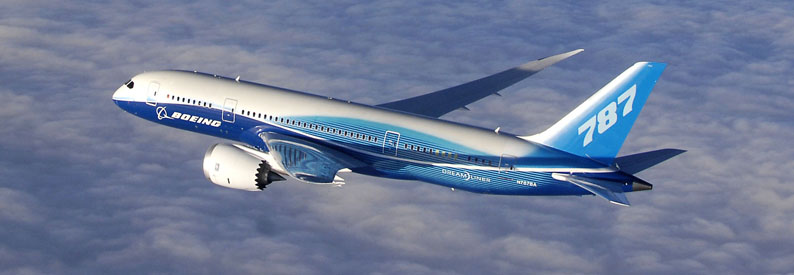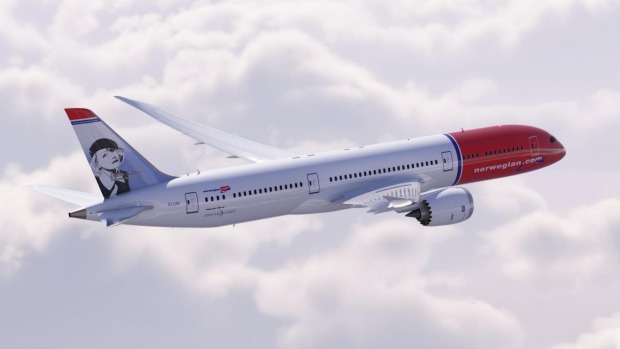
The recent record-setting Atlantic crossings by Boeing 787 reminds us of the good old days of “The Sled”. For a short while, the Concorde made the connection from New York to London in just less than 3 hours, but safety concerns, cost factors and environmental issues ensured that the aircraft, which retired in 2002, never became a viable transportation option.
The most revolutionary passenger aircraft ever to fly made its first commercial flight in 1976. In flight, the Concorde flew to the edge of space, up to 11 miles high or 50 to 60,000 feet, sub-sonic commercial flights cruise at 30 to 40,000 feet above the earth. Optimum cruising speed was Mach 2.04, or 1,354 miles per hour. Its speed created so much heat that the plane would actually stretch 6 to 10 inches during the flight, and the cabin walls would become warm to the touch. In 1986, British Airways flew a Concorde around the world, covering 28,238 miles in 29 hours, 59 minutes.
Once upon a time, crossing the Atlantic Ocean meant a six-week voyage in a wooden sailing ship (14 weeks if the vessel ran into adverse weather conditions.) Then came the steamships, like those of the Great Western Line, which cut the voyage down to two weeks. By 1907, the line’s Mauretania was able to cross the Atlantic in just 4.5 days.
In 1927, Charles Lindbergh upended trans-Atlantic speeds with his record-breaking Spirit of St. Louis flight from New York to Paris, which cut travel time across the pond to a mere 33 hours.
Nowadays, the flight from New York to London usually takes about 7 hours. But by nearly all passenger accounts, that’s still way too long. With ever-shrinking seat sizes and an increasing number of onboard “emergencies,” shorter flying times are the dream for nearly every traveler.
While the idea of supersonic air travel remains alive, with NASA continuing to test models that one day might serve as super-fast aircraft, subsonic travel might also be getting faster.

Case in point, low-cost carrier Norwegian Air has claimed it has set a new world record in subsonic travel, crossing from New York’s JFK International Airport to London Gatwick Airport in just 5 hours and 13 minutes.
Utilizing a Boeing 787-9 Dreamliner, Norwegian flight DY7014 departed JFK on Monday, January 15 at 9:57 p.m. and arrived at London Gatwick 53 minutes early.
The airline said the flight benefited from strong tailwinds, which reached a maximum of 176 knots (202 mph) over the Atlantic Ocean, pushing the aircraft to a top speed of 776 mph.
“The 787 Dreamliner is a pleasure to fly and it’s a great feeling to know that we have set a new record in this aircraft,” said Captain Harold van Dam at Norwegian. “We were actually in the air for just over five hours and if it had not been for forecasted turbulence at lower altitude, we could have flown even faster.”
The flight comes on the heels of another super-speedy Norwegian flight which recorded a 5 hour and 20-minute flight over the Atlantic the previous day. Norwegian first introduced service to the U.S. in 2014. It now has operations in 11 U.S destinations.


